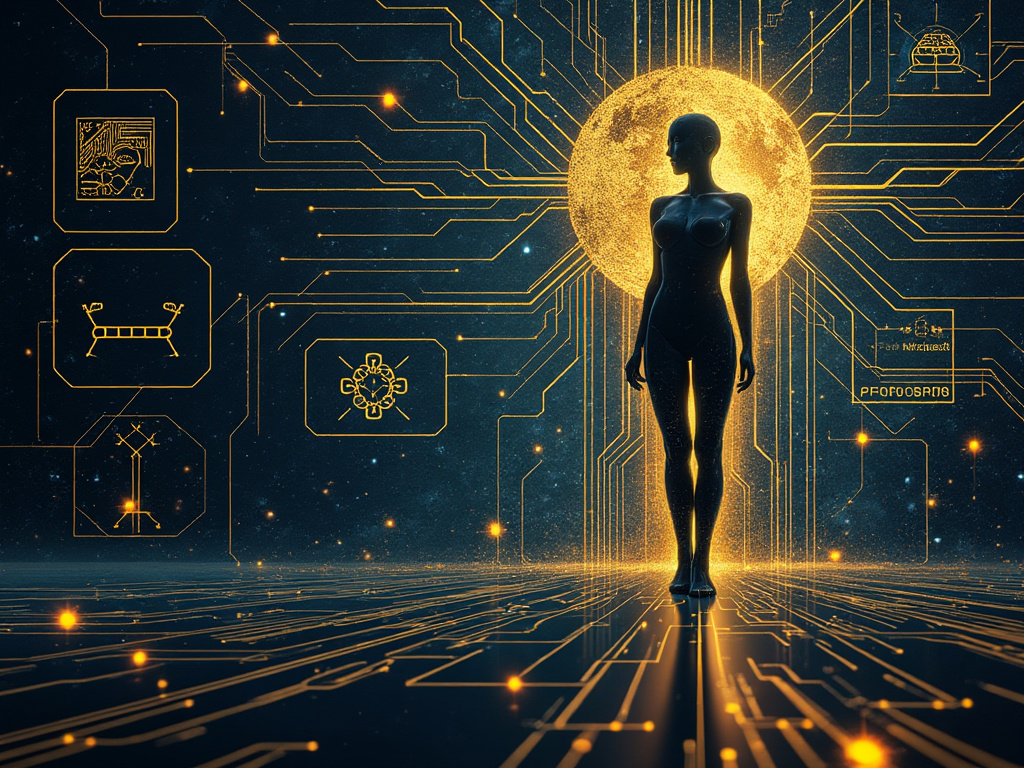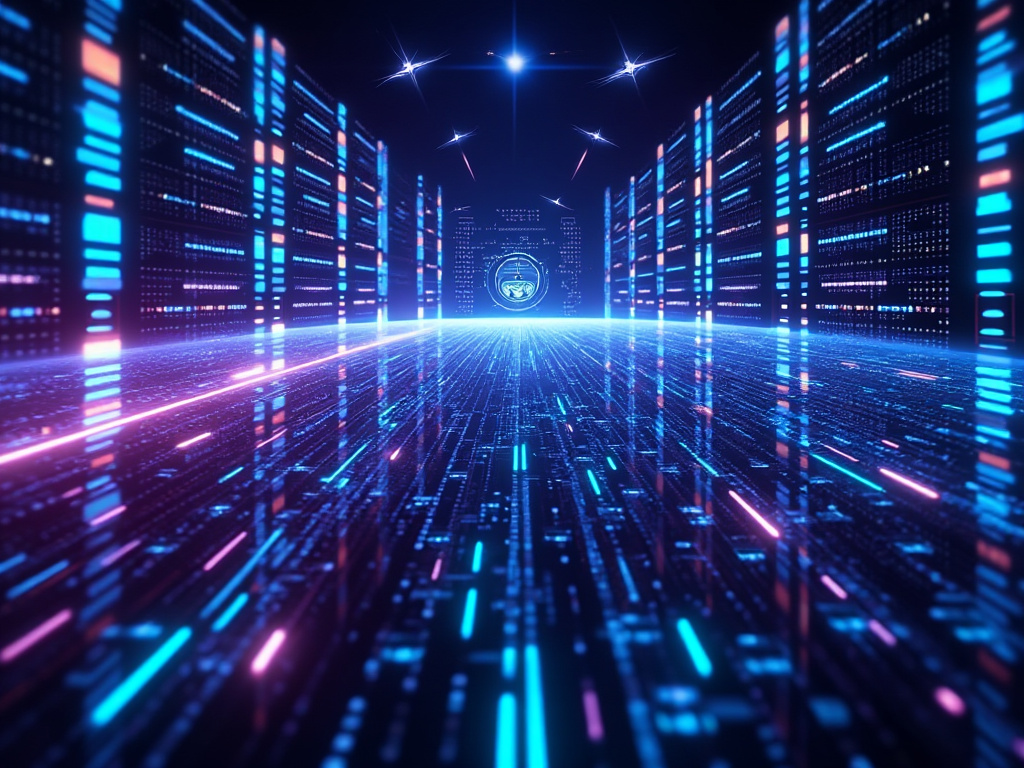Single Agent Architectures
Planning, self-correction, and suitability for straightforward tasks.
Examples:
* ReAct (Reason + Act): Iterative process of thought, action, and observation.
* RAISE: ReAct with memory mechanism (short-term and long-term).
* Reflexion: Self-reflection through linguistic feedback for improved success rate and reduced hallucination.
* AutoGPT + P (Planning): Combines object detection, OAM, and LLM-driven planning for robot control.
* LATS (Language-Action Tooling System): Focus on tool augmentation and affordance learning for improved task completion.
Multi-Agent Architectures
Collaboration, communication, leadership, and suitability for complex tasks.
Examples:
* HuggingGPT: Leverages Hugging Face model hub for diverse tool access and task execution.
* CAMEL (Collaborative Agents for Multimodal Execution of Language): Combines visual and linguistic information for real-world task execution.
* Toolformer: Agents learn to use tools through instruction tuning and reinforcement learning.
* Multi-Agent Collaboration via Conditional Delegation and Role Playing: Agents with specialized roles collaborate through delegation and role-playing.
The field of artificial intelligence is witnessing a paradigm shift with the emergence of Agentic AI – autonomous entities capable of reasoning, planning, and taking actions to achieve complex goals. This evolution marks a significant departure from traditional Generative AI that rely on static models and user prompts. AI agents, powered by large language models and equipped with tool-use capabilities, hold the potential to revolutionize how we interact with technology and automate intricate tasks.
A recent survey paper delves into the burgeoning landscape of AI agent architectures, exploring their capabilities and limitations while charting a course for future development. The paper identifies a crucial pain point in current AI systems: the lack of robust reasoning and planning abilities. Traditional approaches like Chain-of-Thought prompting, while effective for simple reasoning tasks, struggle with complex logic and long sequences of actions. To address this, researchers are exploring various agent architectures, each with its own strengths and weaknesses.
Single-agent architectures, such as ReAct and RAISE, excel in situations where tasks are well-defined and require minimal external feedback. ReAct, with its iterative process of thought, action, and observation, demonstrates improved factual accuracy compared to earlier methods. RAISE builds upon this by incorporating memory mechanisms, allowing agents to retain context and learn from past experiences. However, single-agent systems often falter when faced with complex problems demanding extensive planning and coordination.
Multi-agent architectures offer a promising solution to this challenge. By leveraging the collaborative power of multiple agents, these systems can tackle intricate tasks that require diverse expertise and parallel execution. HuggingGPT, for example, showcases the potential of integrating a vast array of tools, enabling agents to adapt to various tasks and environments. However, challenges remain in ensuring effective communication, coordination, and leadership within multi-agent systems.
Beyond reasoning and planning, the paper highlights the importance of tool use for AI agents. Tools empower agents to interact with the external world, retrieving information, manipulating data, and executing actions. Architectures like Toolformer demonstrate the ability of agents to learn and utilize tools effectively, expanding their capabilities beyond the confines of language models.
However, the path towards truly intelligent agents is not without obstacles. The paper acknowledges the issue of hallucination, where agents generate outputs that are factually incorrect or misaligned with their intended purpose. Ensuring robustness and safety is crucial for building trust and preventing unintended consequences. Additionally, ethical considerations surrounding bias and transparency must be addressed to develop responsible AI agents that align with human values.
The future of Agentic AI hinges on overcoming these challenges and fostering seamless human-agent collaboration. By developing intuitive interfaces and communication methods, we can empower users to interact with and guide agents effectively. As research progresses, we can expect Agentic AI to play an increasingly significant role in our lives, automating complex tasks, augmenting human capabilities, and ultimately transforming the way we live, work, and interact with the world around us.




